‘Somebody is always obscured by the winner of history’: Stan Douglas considers race, gender and power in London
In an exhibition at London’s Victoria Miro Gallery, ‘Stan Douglas: Birth of a Nation and The Enemy of All Mankind’, the artist re-examines two works of fiction, a play and a film
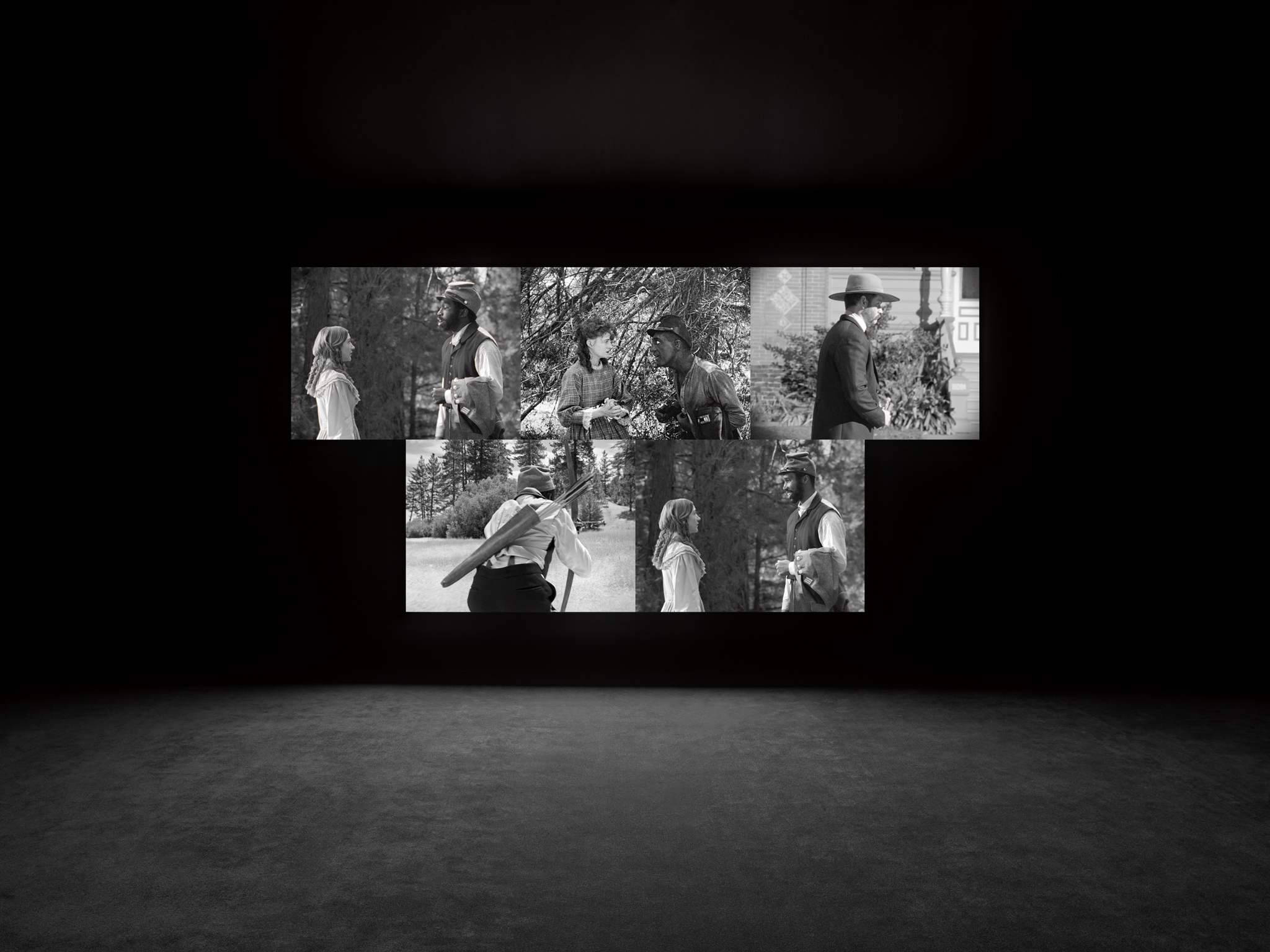
Stan Douglas is concerned with moments in history, both real, and fictionalised from true events. How has the overlooked impacted the present day, and what can we discover about ourselves? How can we deepen our understanding of how race, gender and power impact us today?
'I always had this idea that photography arose because the bourgeois wanted self-representation,' Douglas tells us. 'They didn't want [only] the church or aristocracy to have the means to represent themselves [through painted portraits], and photography was a way of doing that. It's kind of odd that it happened in so many countries simultaneously, around 1830, and that this medium was invented so people could make their own images automatically.'

Stan Douglas, Overture: In which Convicted Brigand Captain Macheath is Transported to the West Indies Where He will be Impressed into Indentured Labour, 2024
Douglas uses film and photography to zero in on art, film, music and events, interrogating a meaning that often pertains to identity. In analysing how these things have been interpreted, he often draws out overlooked truths and reveals how the passing of time has altered the original material, questioning popular interpretations of events that in some cases have become cultural touchstones. Past works include 2011 ≠ 1848, Mare Street and Pembury Estate, which looked at the UK riots in 2011; and Luanda-Kinshasa (2013), an installation showing an imagined jazz recording session and referencing the impact of jazz and Black musicians working in Europe in the 1970s.
‘I’m looking for liminal moments, things which were pivotal in a certain condition. Often, some things are obscure or unknown, moments which represent a turning point in history but are little understood,' Douglas explains over video chat. 'Somebody has been obscured by the winner of history, and it is the rest of that moment which I'm looking at.'
He looks for moments in history that can represent a lost truth of that specific time. 'Often I'll have been trying to find an analogue between the visual representation in the installations and the condition I'm trying to represent, certain ideas for visible mechanisms and protection strategies that have no real purpose. I then come across a subject that I find interesting and realise that is the perfect thing for this idea. I can put those two things together and work for that.'

Stan Douglas, Act I, Scene XI: In which Polly Comes to Understand that Mrs.Trapes has Sold Her to Mr. Ducat as a Courtesan, 2024
His exhibition at London’s Victoria Miro Gallery, ‘Stan Douglas: Birth of a Nation and The Enemy of All Mankind’ takes two works of fiction, a play and a film and reconstructs them. Enemy of All Mankind: Nine Scenes from John Gay’s looks at the satirical play Polly (1729), the sequel to John Gay’s The Beggar’s Opera that was never performed in his lifetime. The story follows the character Macheath from the West Indies, where he disguises himself as a Black man on the run. He is pursued across the world by Polly Peachum, who in turn disguises herself as a man to avoid abuse while in service. Macheath ends up being executed by indigenous King Pohetohee, working on behalf of the colonial power, whereas Polly reveals her identity and marries the king’s son.
‘Polly shifts through these different identities and it describes how things like race and gender are all performative in some way, and I found that to be quite interesting,' Douglas says. 'The people who are the aristocrats on the island, the colonisers, distinguish themselves from the ones who were not. It's a very, very false identity, and it plays with all those tropes, which may be why it was banned in the lifetime of John Gay. It was never performed in his lifetime, because the powers that be knew he would be satirising their colonial ambitions and their authority.'
Receive our daily digest of inspiration, escapism and design stories from around the world direct to your inbox.
Douglas’ staged photographic works that explore Polly show key moments in the story – Macheath’s death, Polly’s decision to disguise herself and an image of an empty stage. In highlighting the performative nature of imposed hierarchies, Douglas reveals their emptiness. The immaculately realised images are staged to perfection, and lit immaculately, creating a narrative that highlights the controversies within Polly.
The photographs sit alongside the multi-channel film work Birth of a Nation, which deals with the racist classic film. Despite its heroising of the Ku Klux Klan and base depictions of Black people, it is still studied routinely, as its makers pioneered much of modern filmmaking in its production.
‘They both address identity in a certain way, or identification in a certain way. Certain groups identifying as being another: one being superior, one being inferior,' says Douglas, explaining the works’ juxtaposition.

Stan Douglas, Act III, Scene VII: In which the pirate Morano (aka Captain Macheath) challenges, and is vanquished by, the Maroon Queen Pohetohee from the series, The Enemy of All Mankind: Nine Scenes from John Gay’s Polly (1729), 2024
A section of the original film plays, which shows an actor in blackface playing ‘Gus’, declaring his affection for a white woman who then throws herself off a cliff. Gus is then put to trial by the KKK and lynched. Two other versions of the film play with the original: deft in their alignment, they throw into relief both the beauty and the egregiousness of the original film.
'It can be uncanny when you see these two things which are the same but different; it’s this doppelgänger effect,' says Douglas. 'My take is to look at the racist fantasy of the character Gus, who's a white man in blackface in the original, and then break it up into two new characters of my invention. Sam and Tom (played by Black actors) are encountered by the two white characters, Ben and Flora, in different ways.'
The short work may reveal how shocking the original film is by contemporary standards, but it also serves as a chilling reminder of how recently it was made. In the context of the rise of far-right politics in the United States, the impact of the work is profoundly disturbing. In forcing us to compare representations of Blackness and gender, these works show us both where we have been and where we are at.
Stan Douglas is at Victoria Miro until 1 November 2025, victoria-miro.com
Read our guide to more of the best London art exhibitions to see this month
Amah-Rose Abrams is a British writer, editor and broadcaster covering arts and culture based in London. In her decade plus career she has covered and broken arts stories all over the world and has interviewed artists including Marina Abramovic, Nan Goldin, Ai Weiwei, Lubaina Himid and Herzog & de Meuron. She has also worked in content strategy and production.
-
 This ethereal Miami residence sprouted out of a wild, jungle-like garden
This ethereal Miami residence sprouted out of a wild, jungle-like gardenA Miami couple tapped local firm Brillhart Architecture to design them a house that merged Florida vernacular, Paul Rudolph and 'too many plants to count’
-
 At this charming bolthole in The Cotswolds, doing nothing is an art form
At this charming bolthole in The Cotswolds, doing nothing is an art formLeave your mobile on ‘do not disturb’, switch off and slow down at this 16th-century manor-turned-hotel
-
 Out of office: The Wallpaper* editors’ picks of the week
Out of office: The Wallpaper* editors’ picks of the weekIt’s been a week of escapism: daydreams of Ghana sparked by lively local projects, glimpses of Tokyo on nostalgic film rolls, and a charming foray into the heart of Christmas as the festive season kicks off in earnest
-
 Out of office: The Wallpaper* editors’ picks of the week
Out of office: The Wallpaper* editors’ picks of the weekIt’s been a week of escapism: daydreams of Ghana sparked by lively local projects, glimpses of Tokyo on nostalgic film rolls, and a charming foray into the heart of Christmas as the festive season kicks off in earnest
-
 Wes Anderson at the Design Museum celebrates an obsessive attention to detail
Wes Anderson at the Design Museum celebrates an obsessive attention to detail‘Wes Anderson: The Archives’ pays tribute to the American film director’s career – expect props and puppets aplenty in this comprehensive London retrospective
-
 Meet Eva Helene Pade, the emerging artist redefining figurative painting
Meet Eva Helene Pade, the emerging artist redefining figurative paintingPade’s dreamlike figures in a crowd are currently on show at Thaddaeus Ropac London; she tells us about her need ‘to capture movements especially’
-
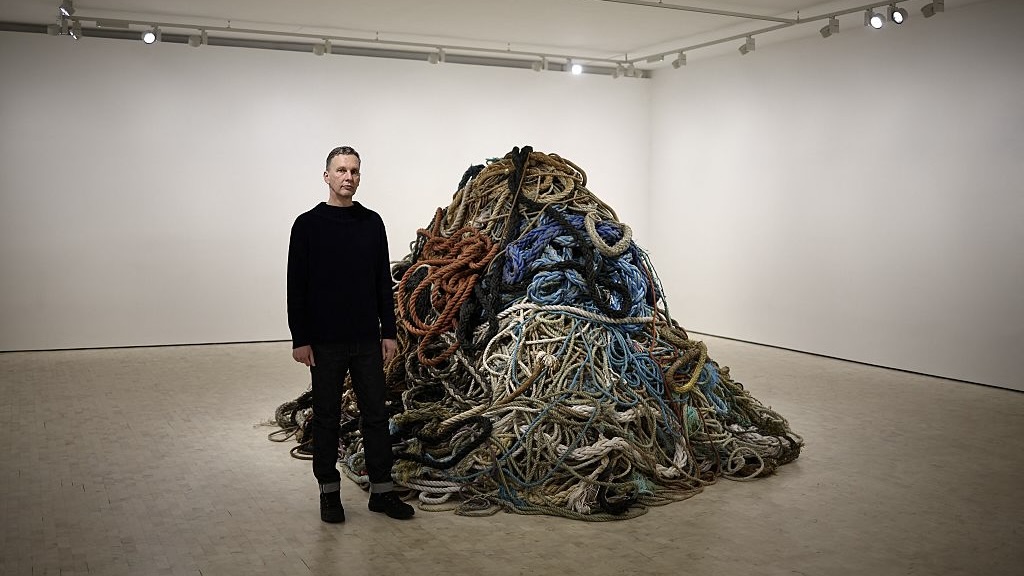 David Shrigley is quite literally asking for money for old rope (£1 million, to be precise)
David Shrigley is quite literally asking for money for old rope (£1 million, to be precise)The Turner Prize-nominated artist has filled a London gallery with ten tonnes of discarded rope, priced at £1 million, slyly questioning the arbitrariness of artistic value
-
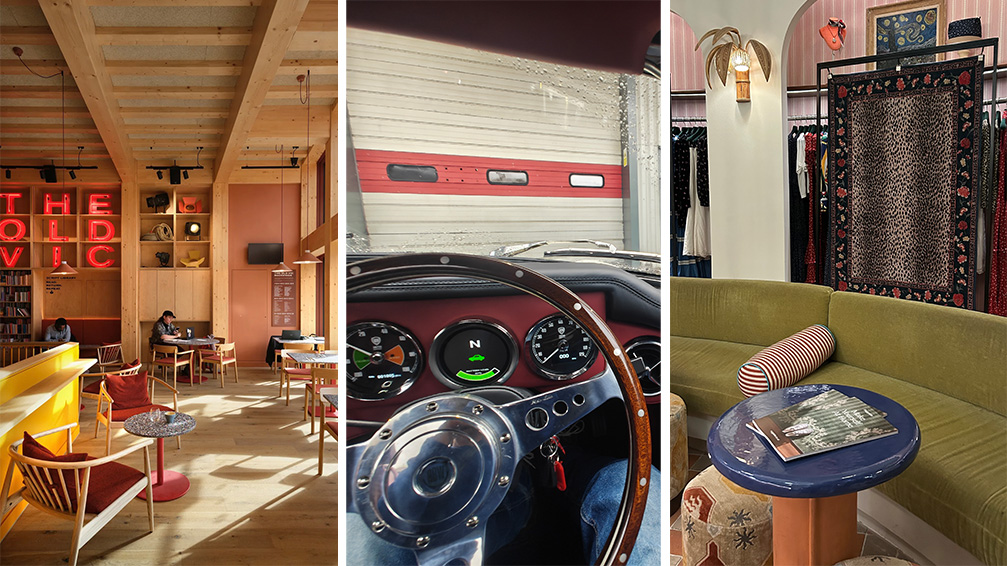 Out of office: The Wallpaper* editors’ picks of the week
Out of office: The Wallpaper* editors’ picks of the weekThe rain is falling, the nights are closing in, and it’s still a bit too early to get excited for Christmas, but this week, the Wallpaper* team brought warmth to the gloom with cosy interiors, good books, and a Hebridean dram
-
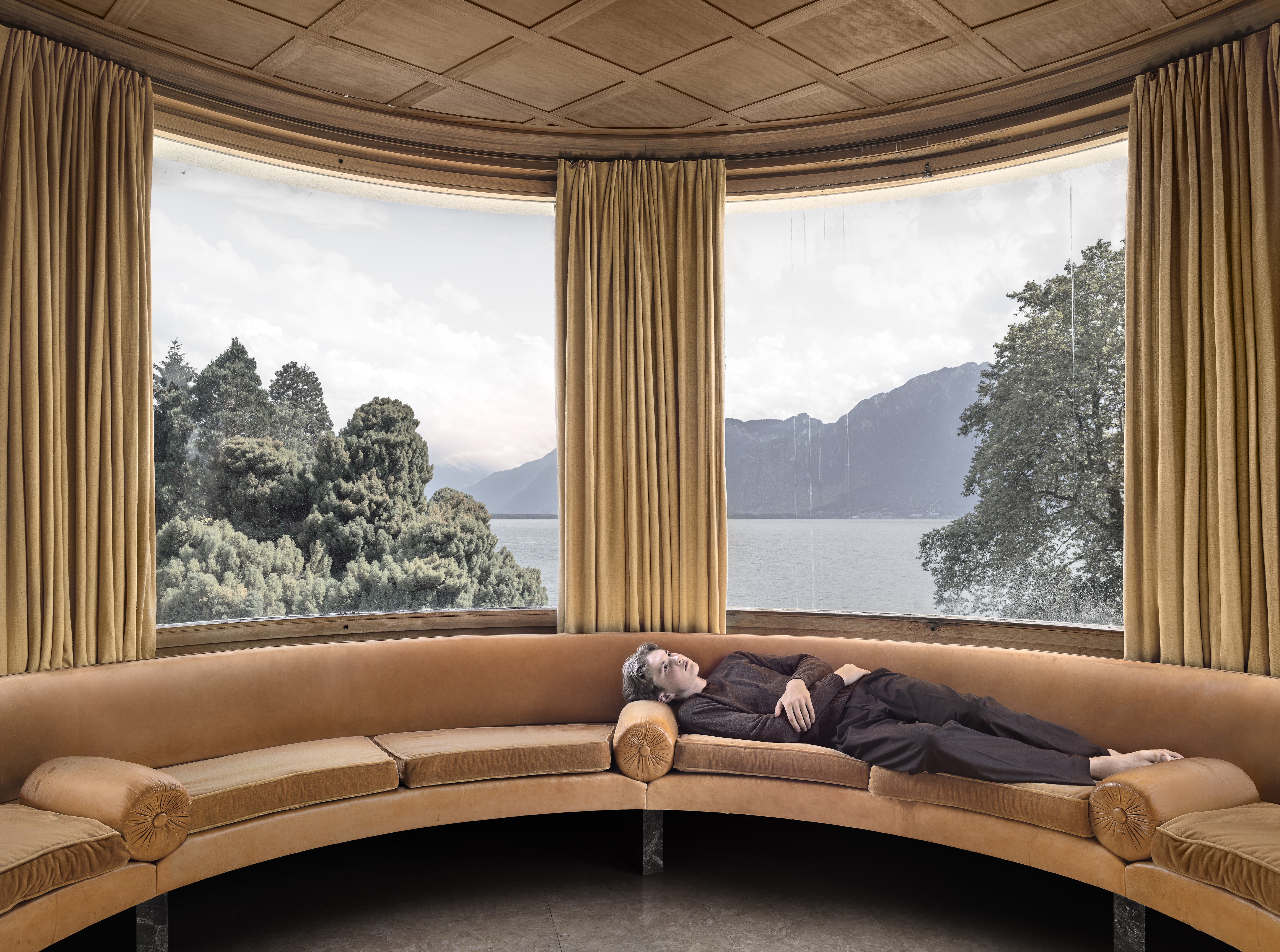 A former leprosarium with a traumatic past makes a haunting backdrop for Jaime Welsh's photographs
A former leprosarium with a traumatic past makes a haunting backdrop for Jaime Welsh's photographsIn 'Convalescent,' an exhibition at Ginny on Frederick in London, Jaime Welsh is drawn to the shores of Lake Geneva and the troubled history of Villa Karma
-
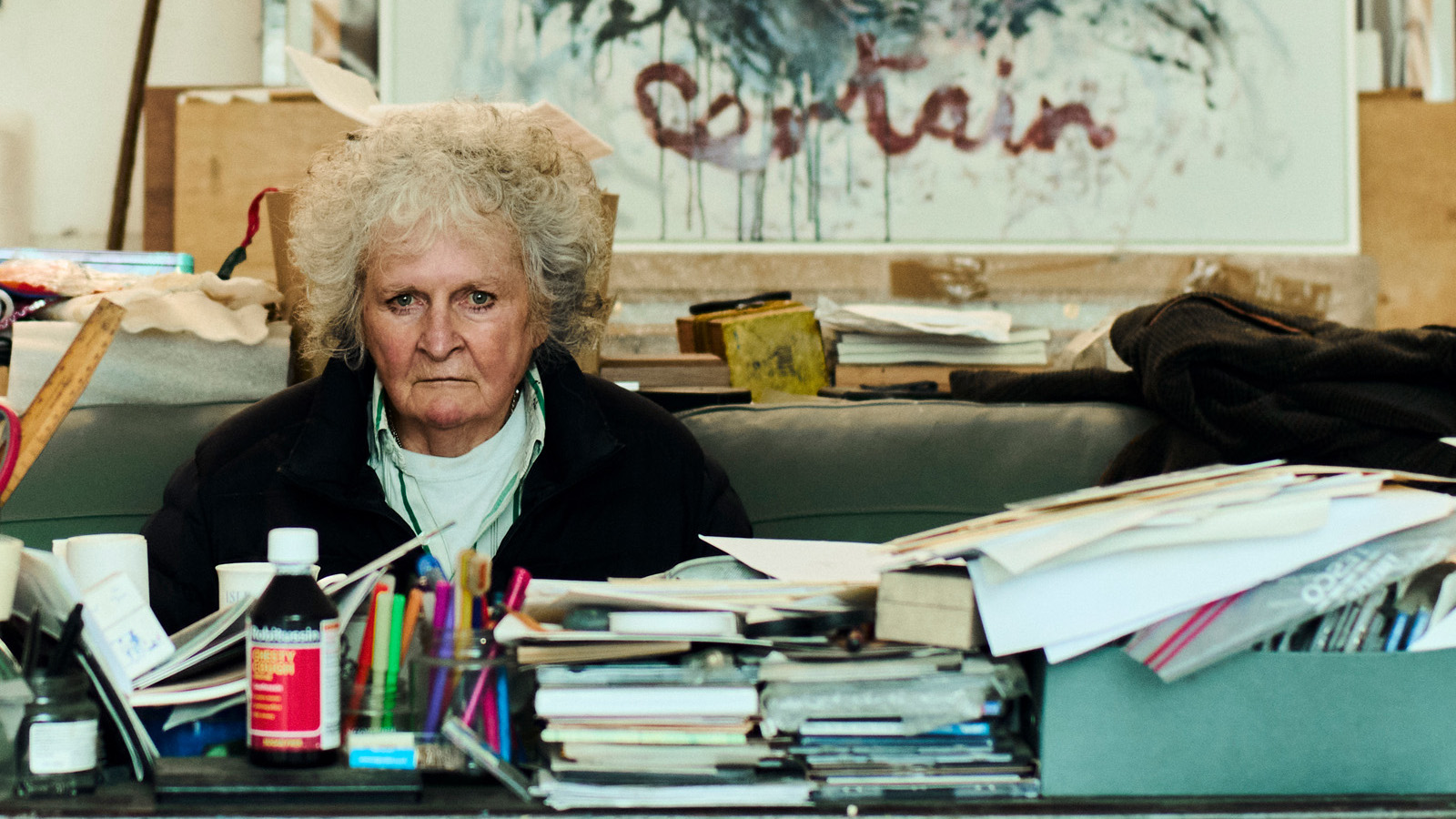 Maggi Hambling at 80: what next?
Maggi Hambling at 80: what next?To mark a significant year, artist Maggi Hambling is unveiling both a joint London exhibition with friend Sarah Lucas and a new Rizzoli monograph. We visit her in the studio
-
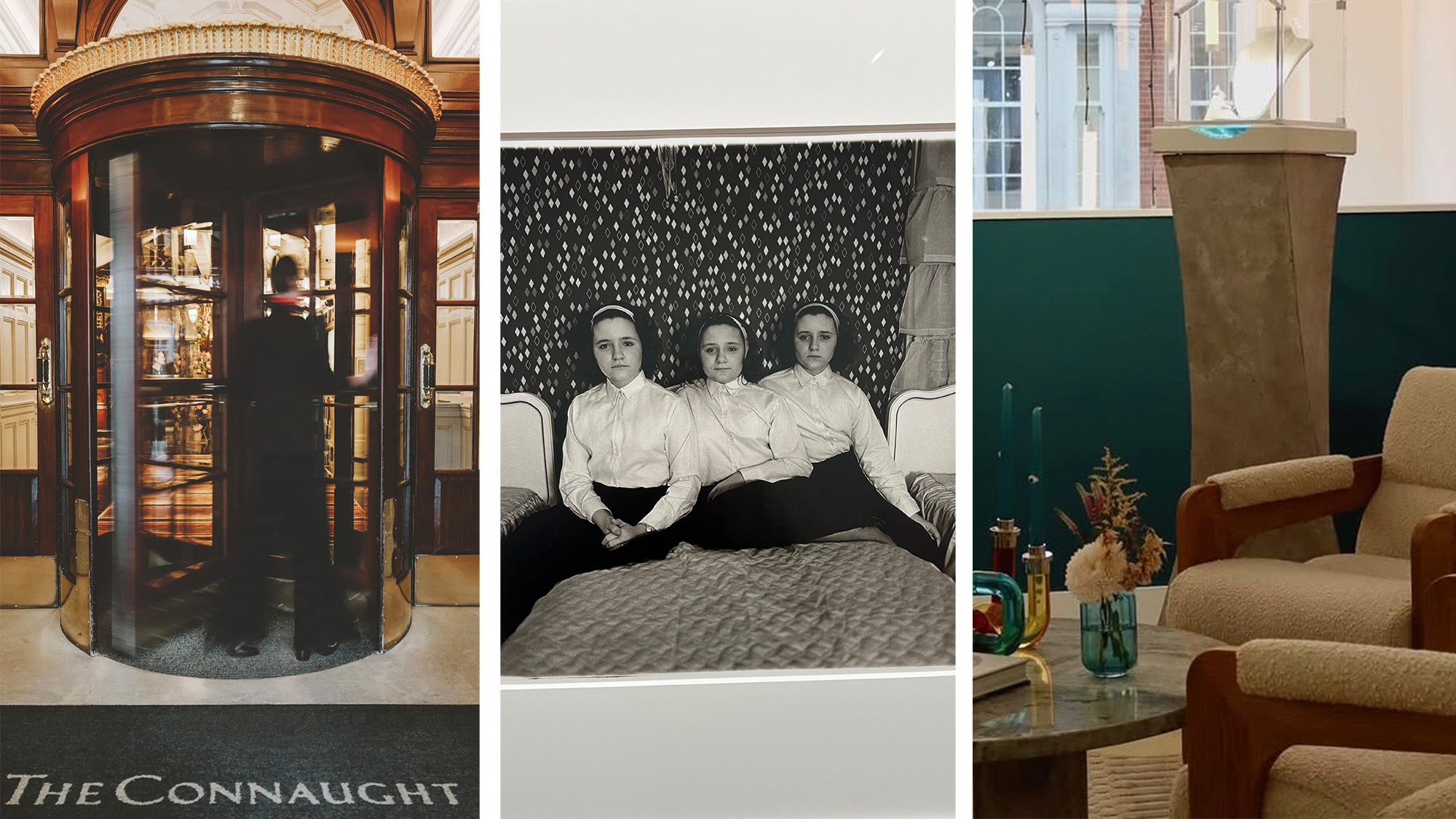 Out of office: The Wallpaper* editors’ picks of the week
Out of office: The Wallpaper* editors’ picks of the weekThis week, the Wallpaper* editors curated a diverse mix of experiences, from meeting diamond entrepreneurs and exploring perfume exhibitions to indulging in the the spectacle of a Middle Eastern Christmas